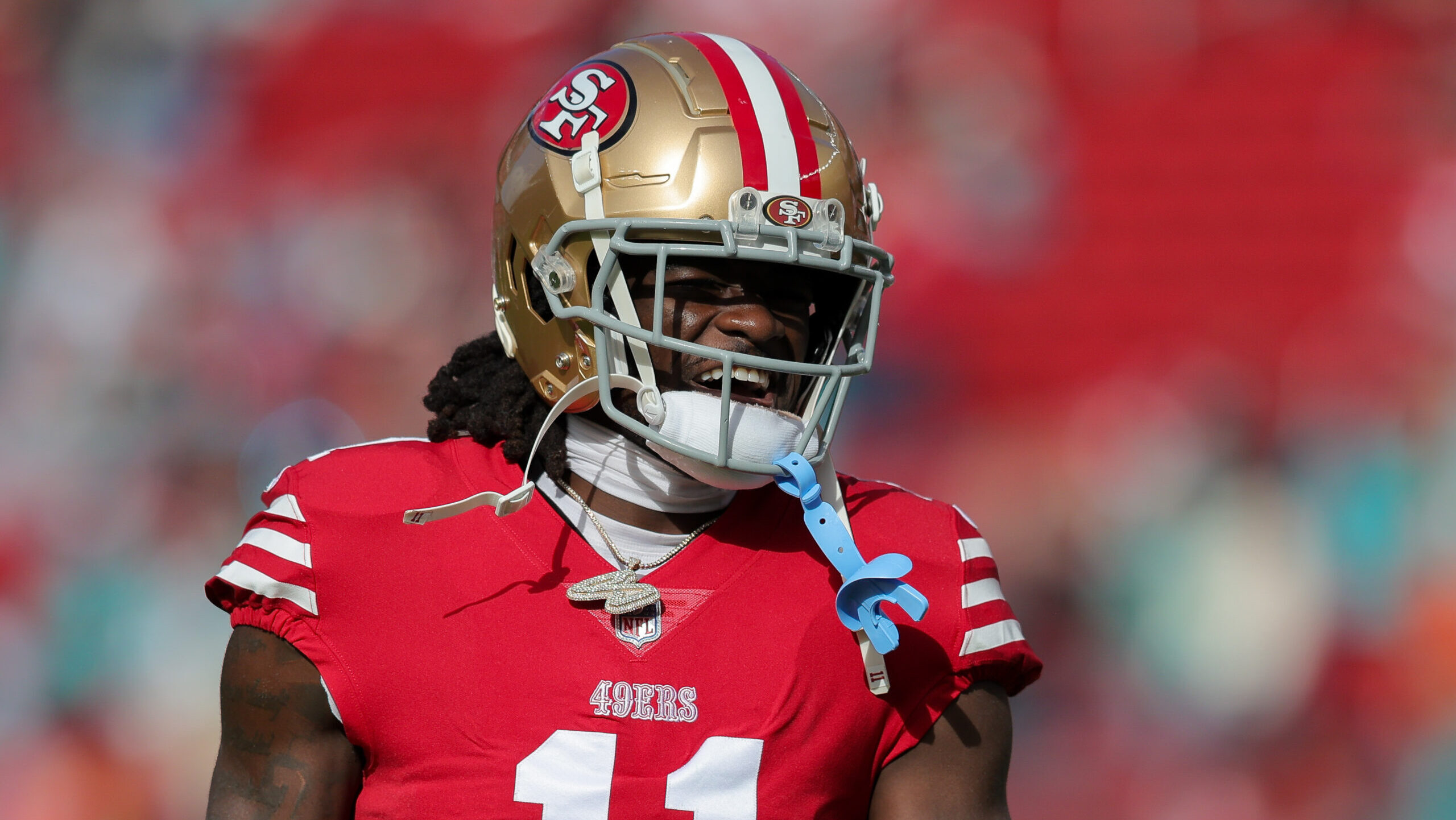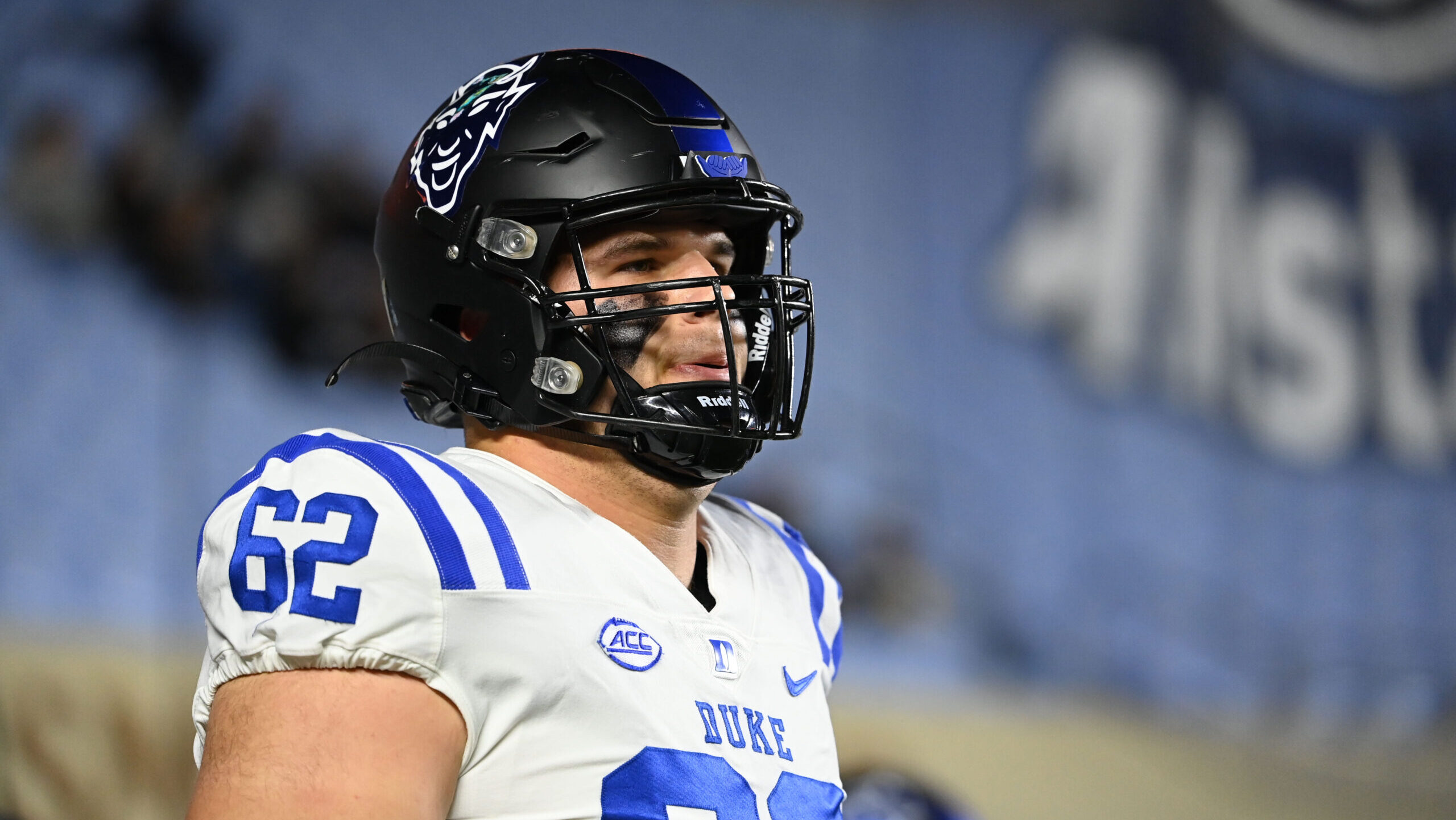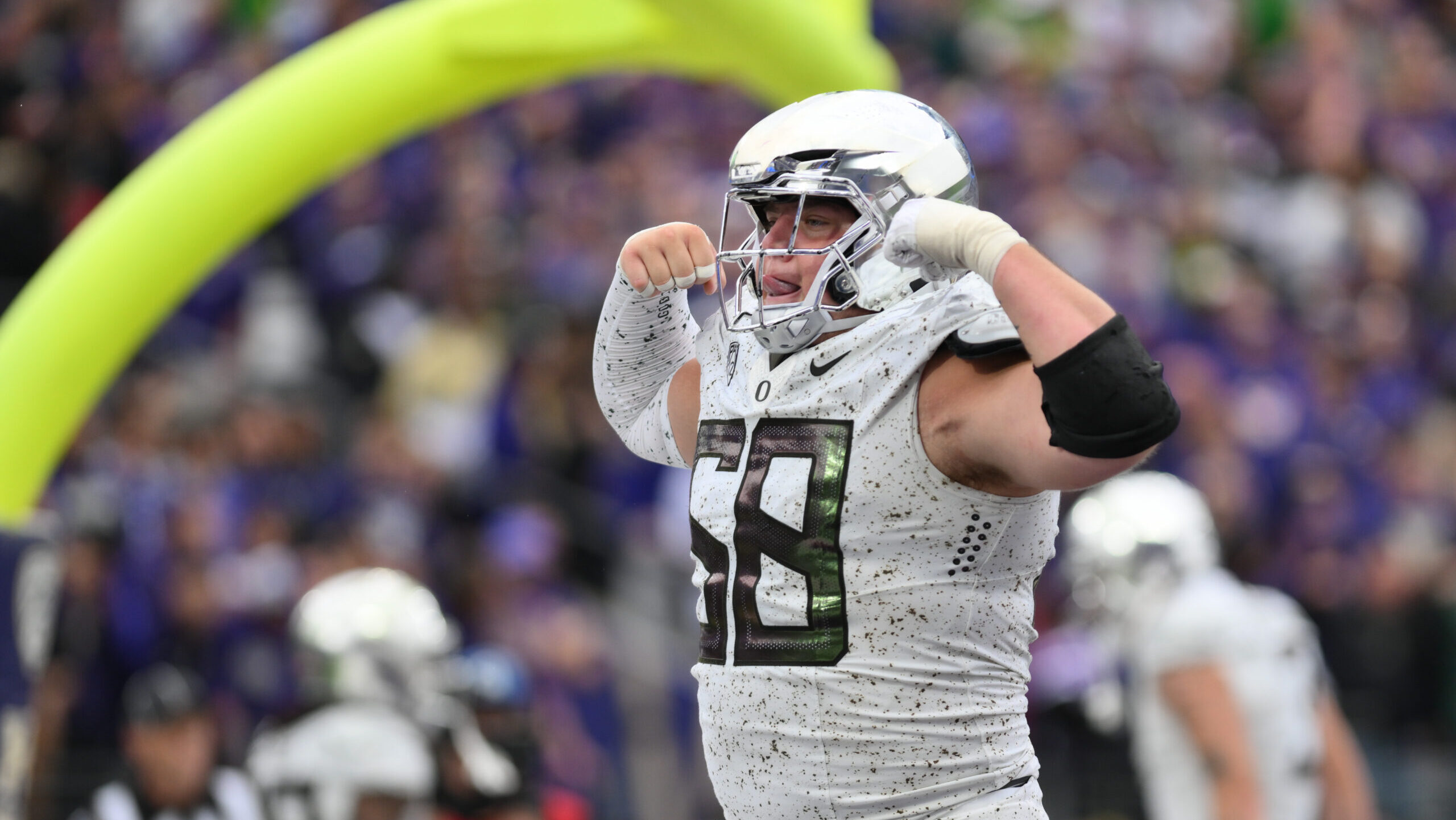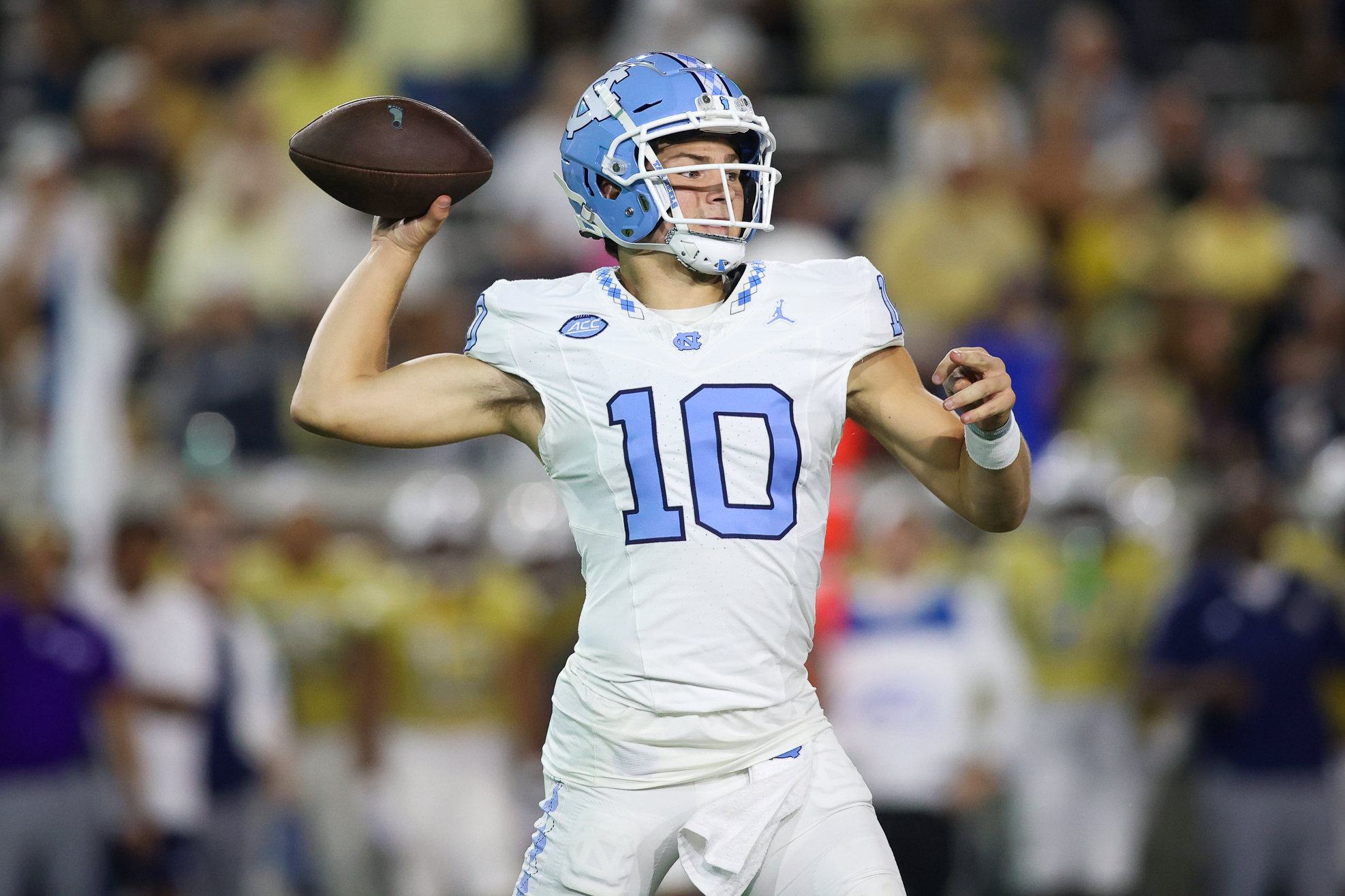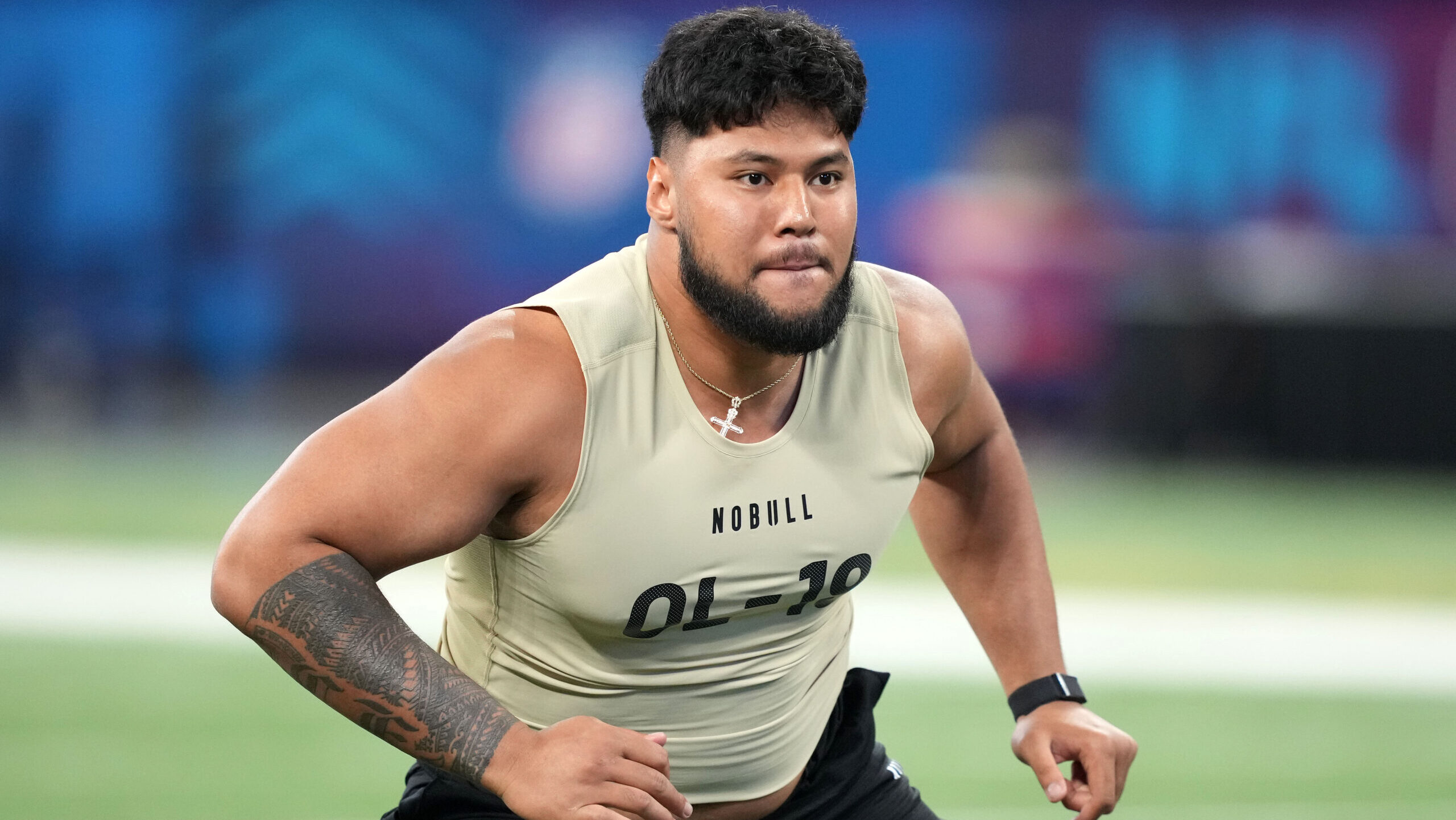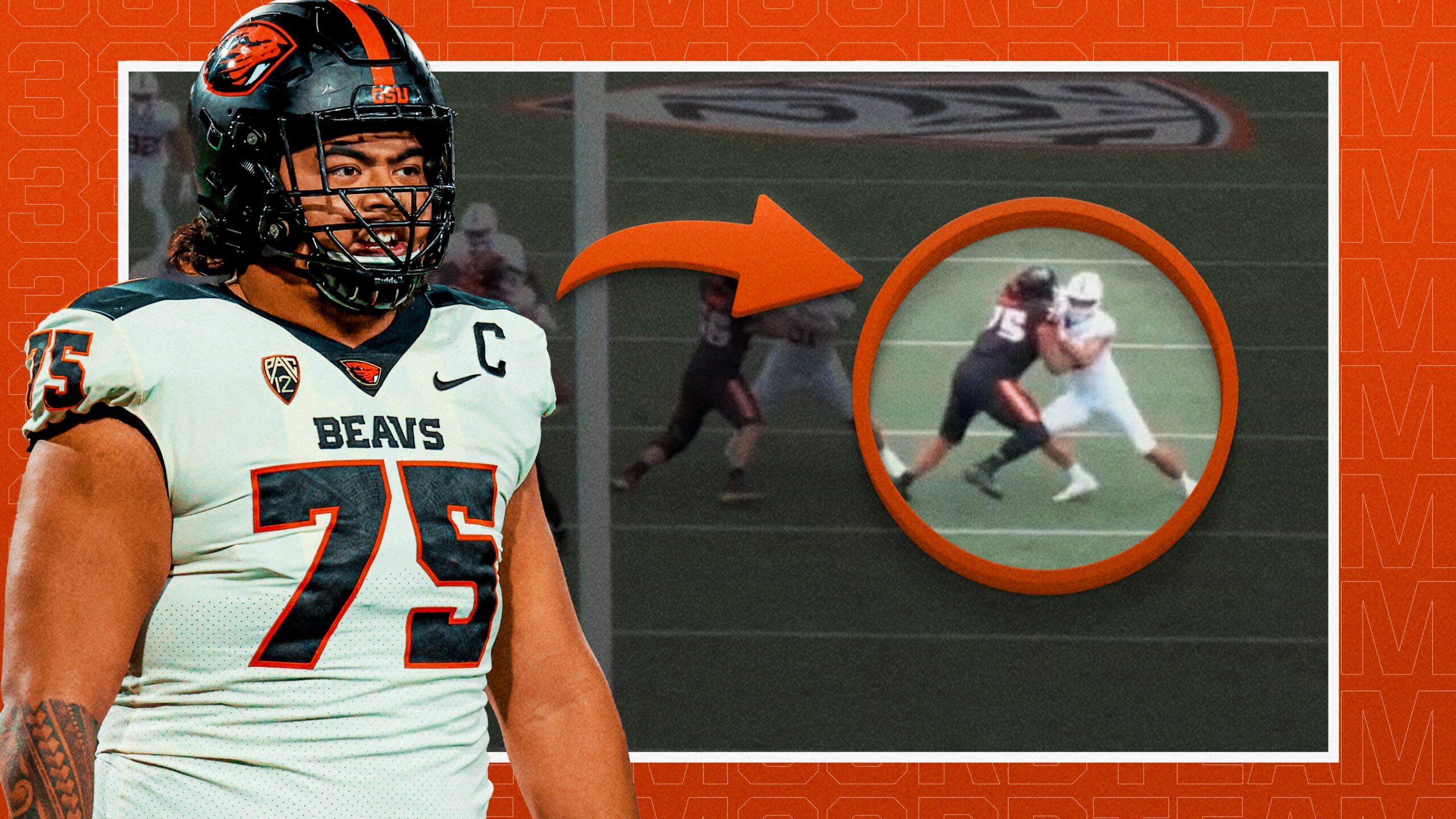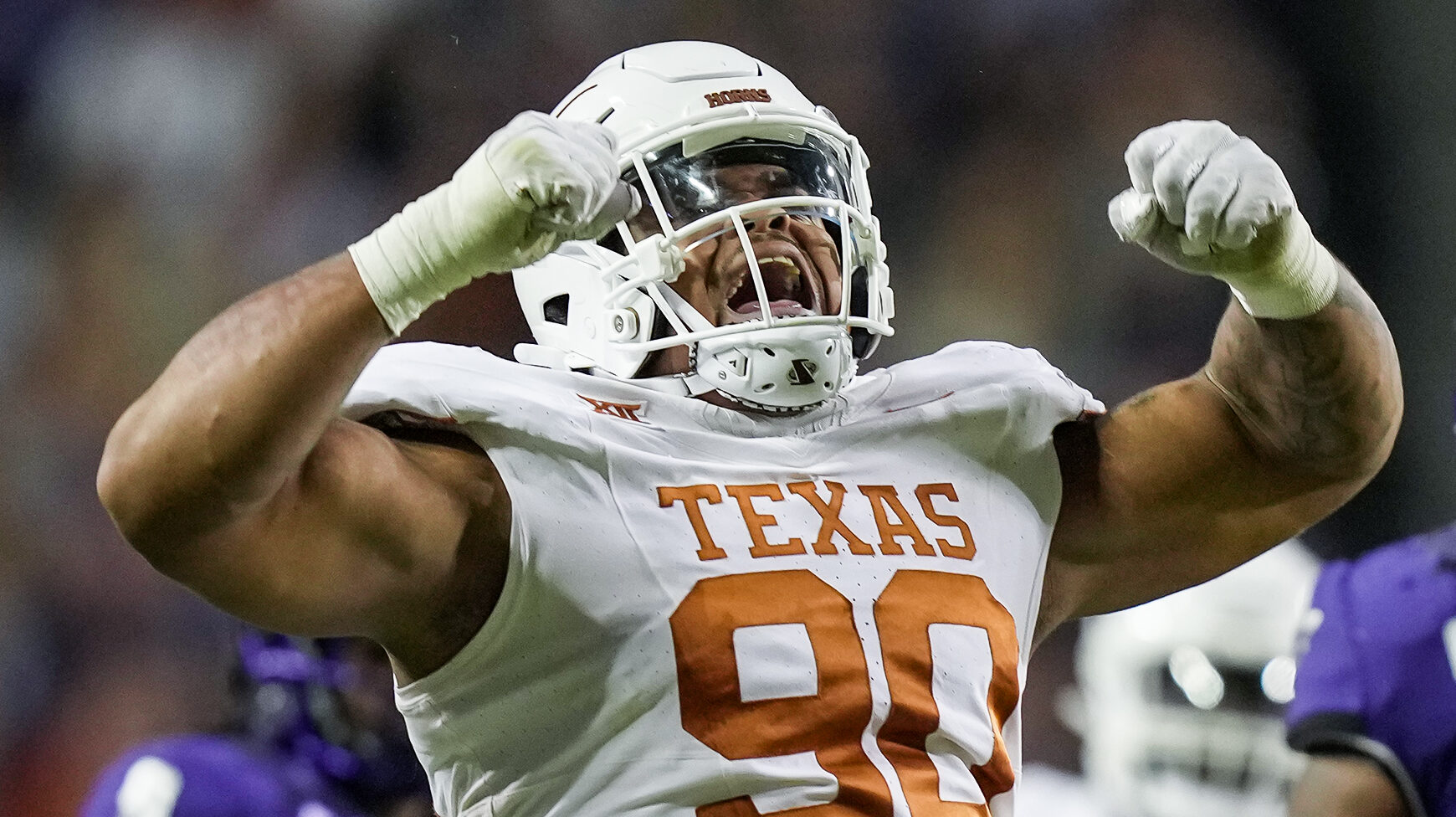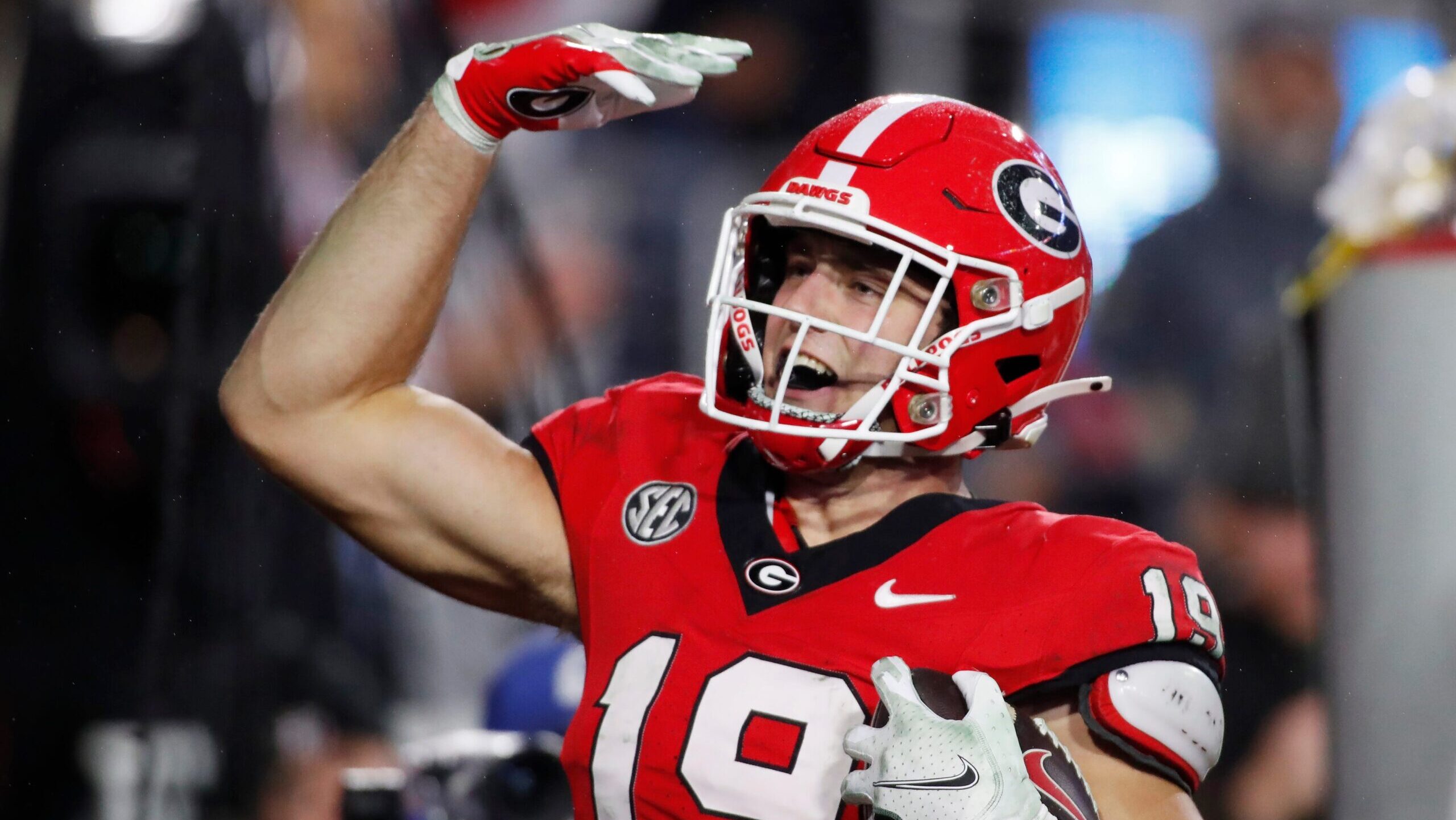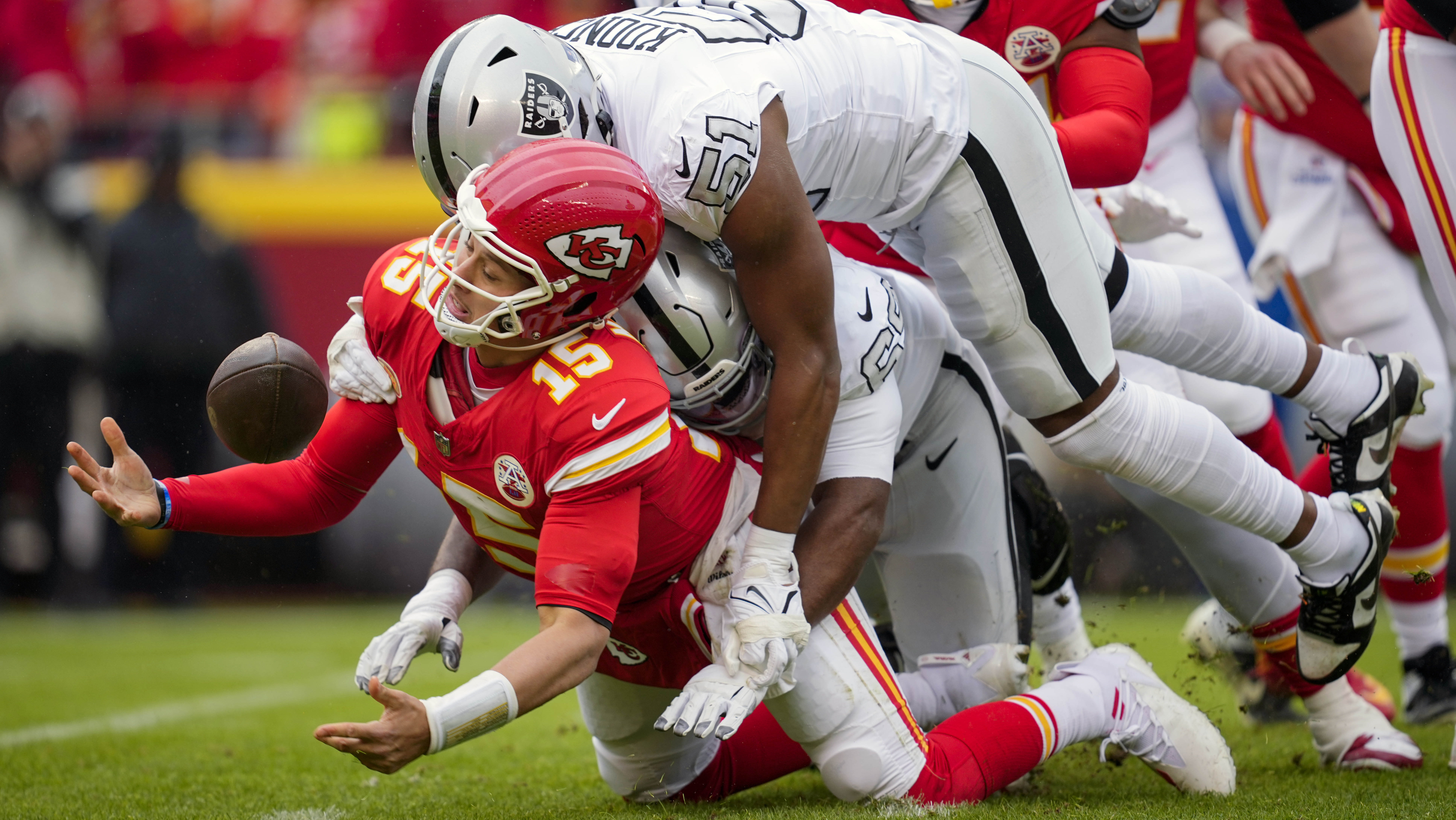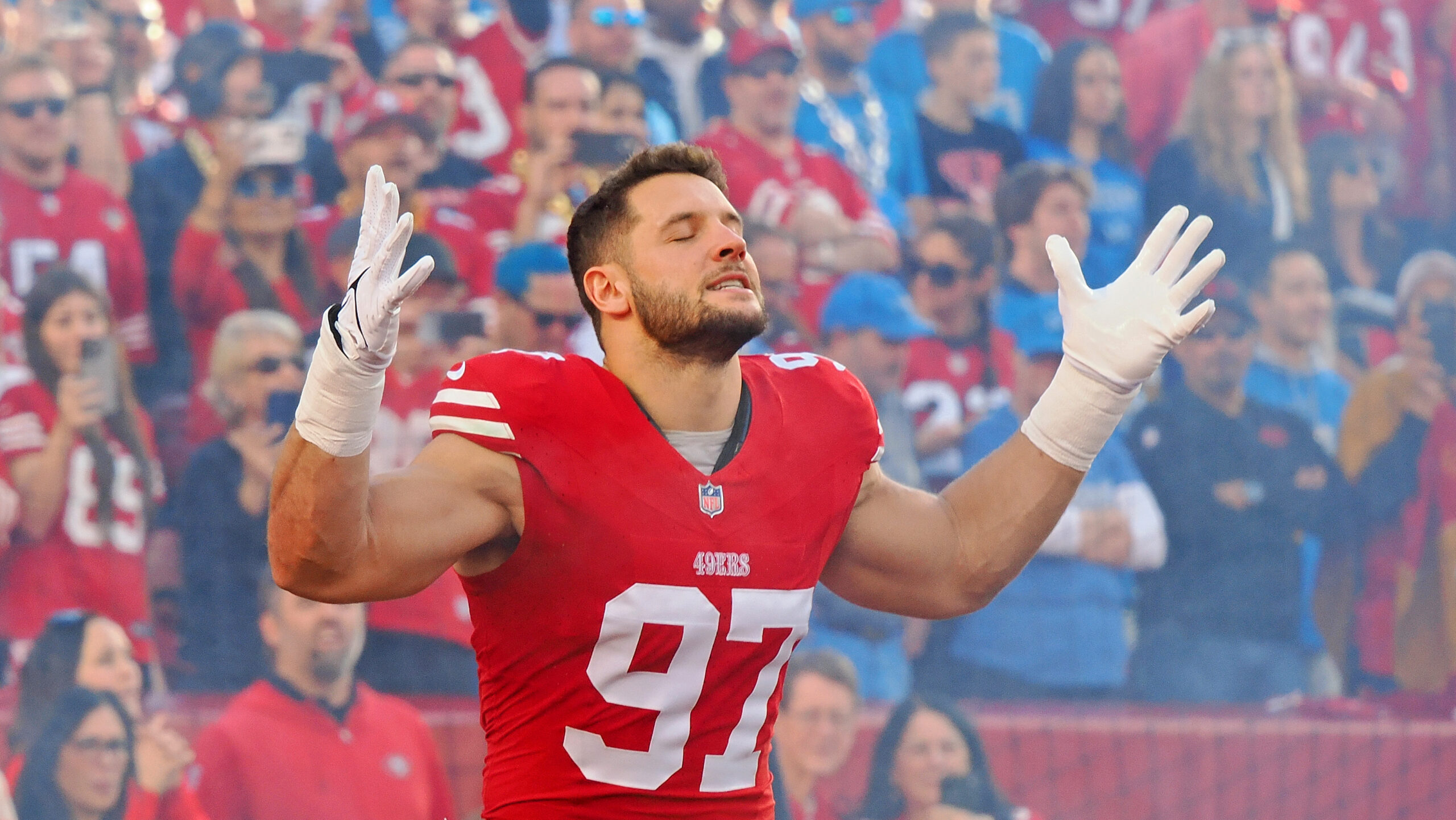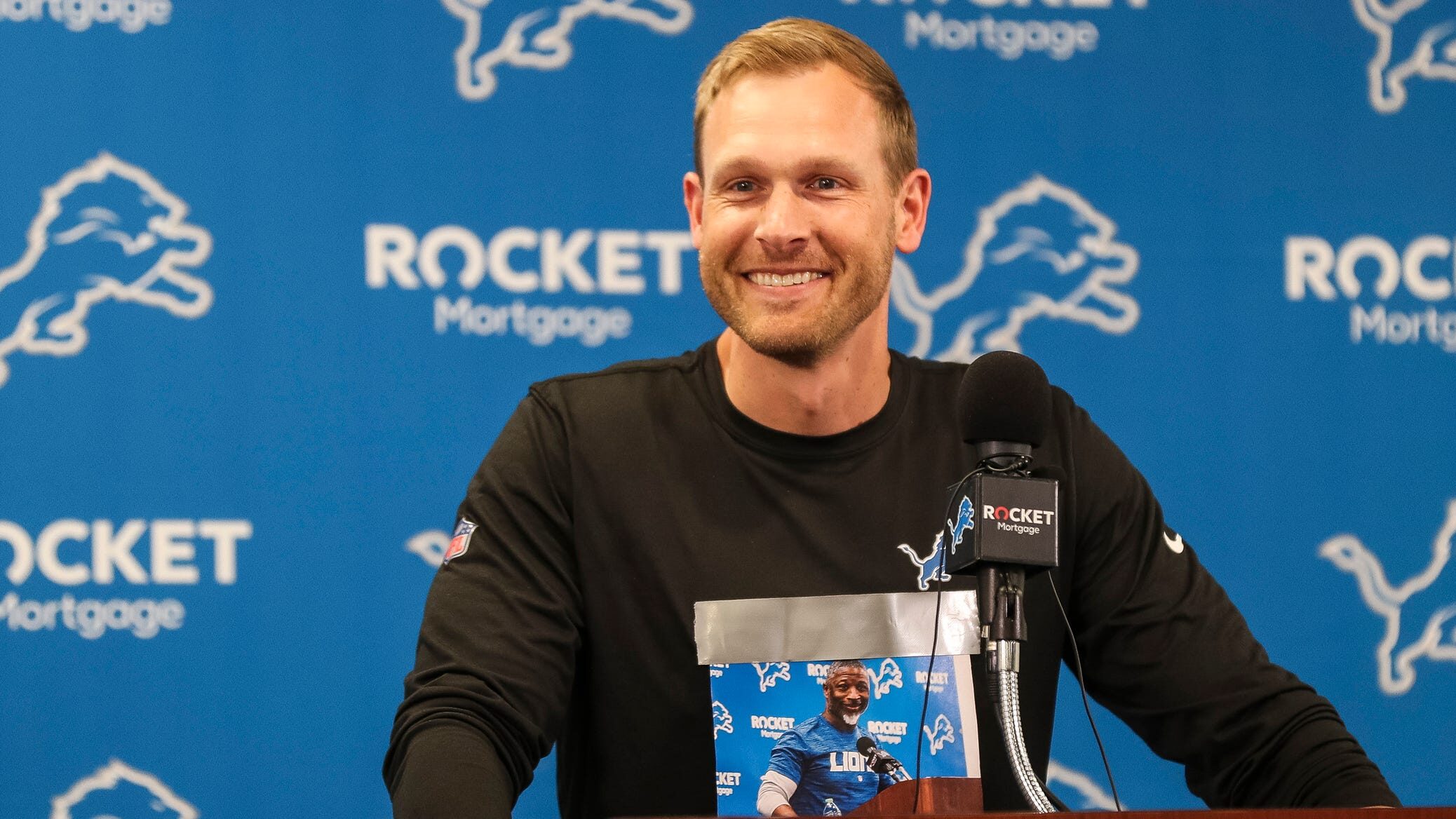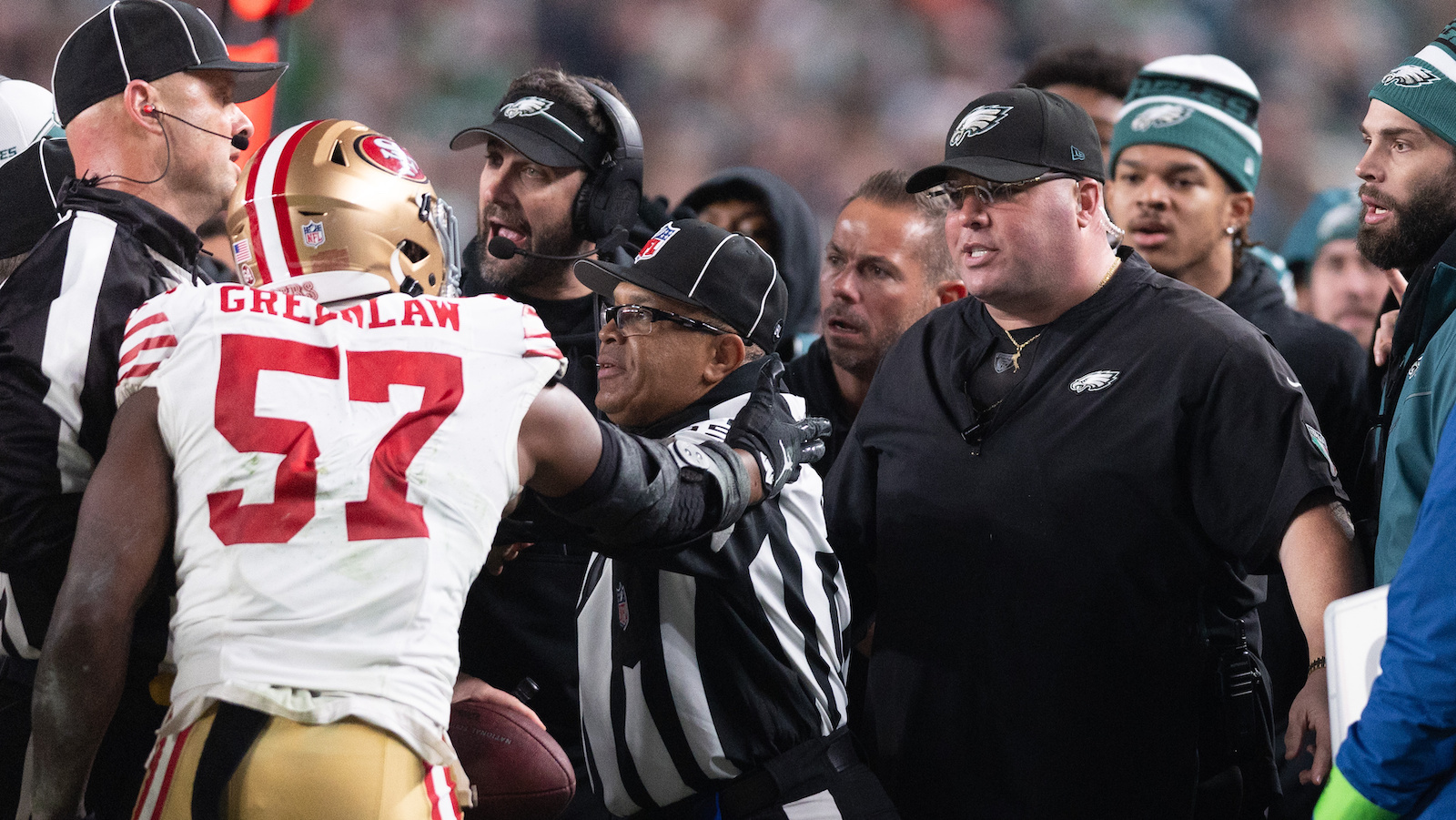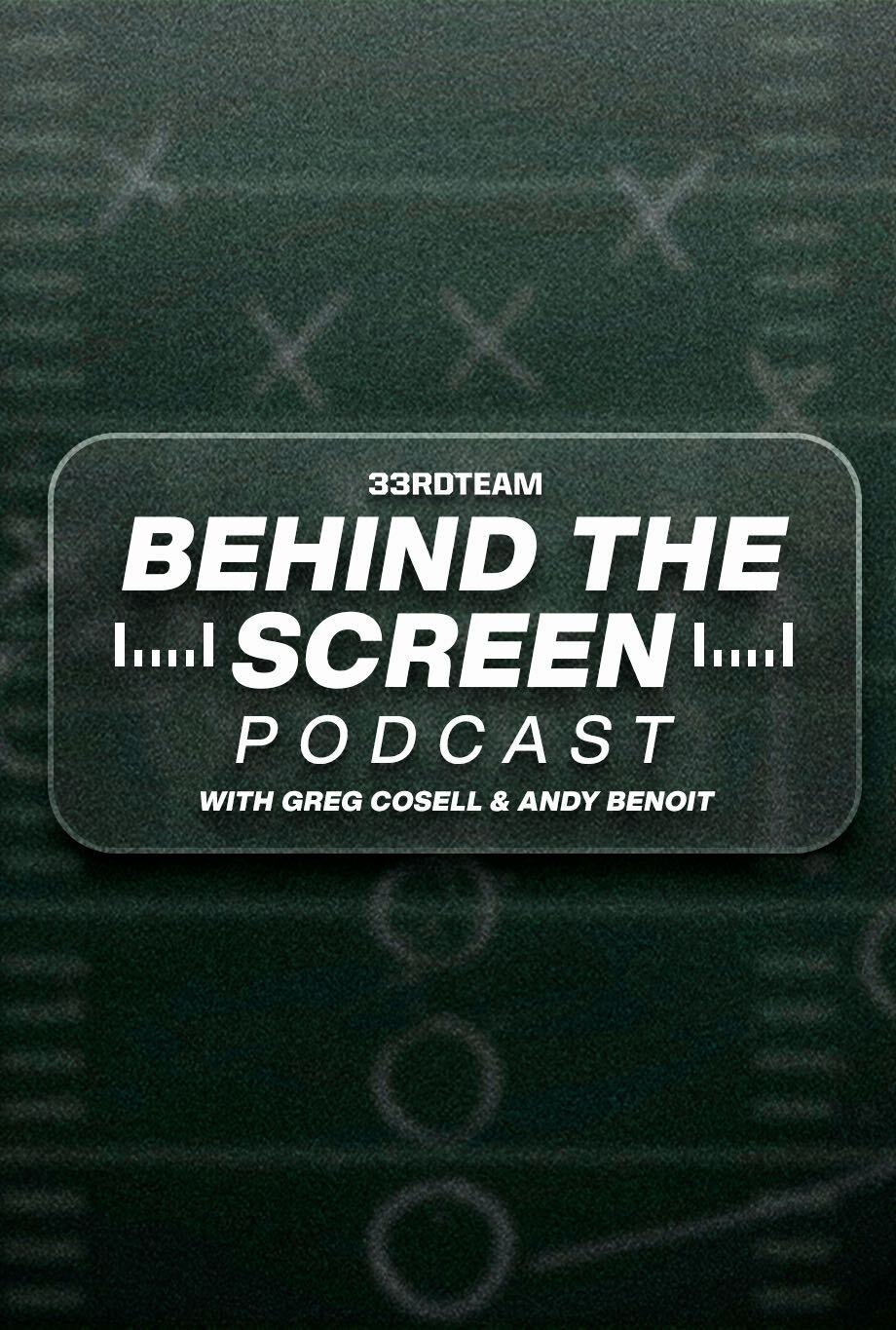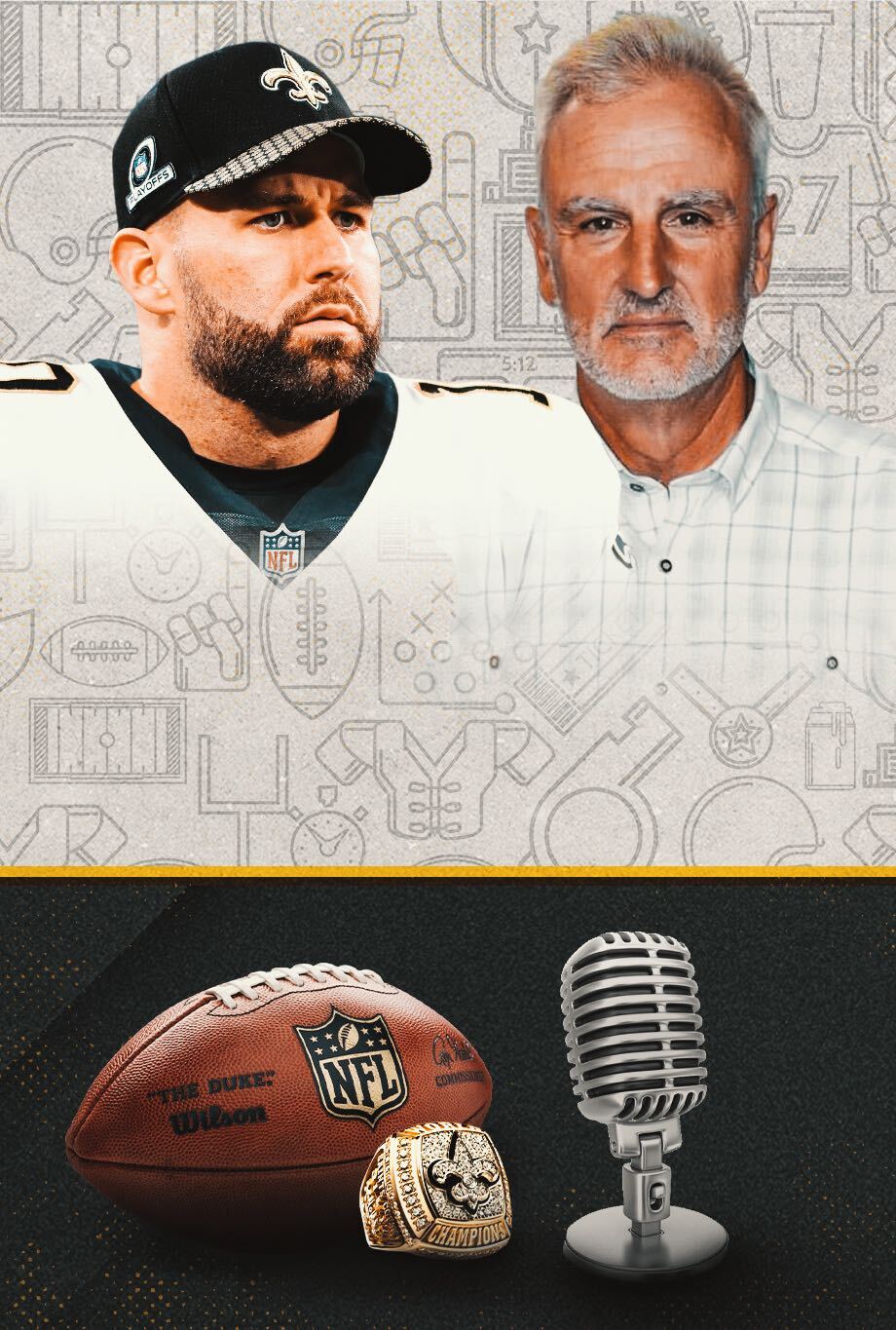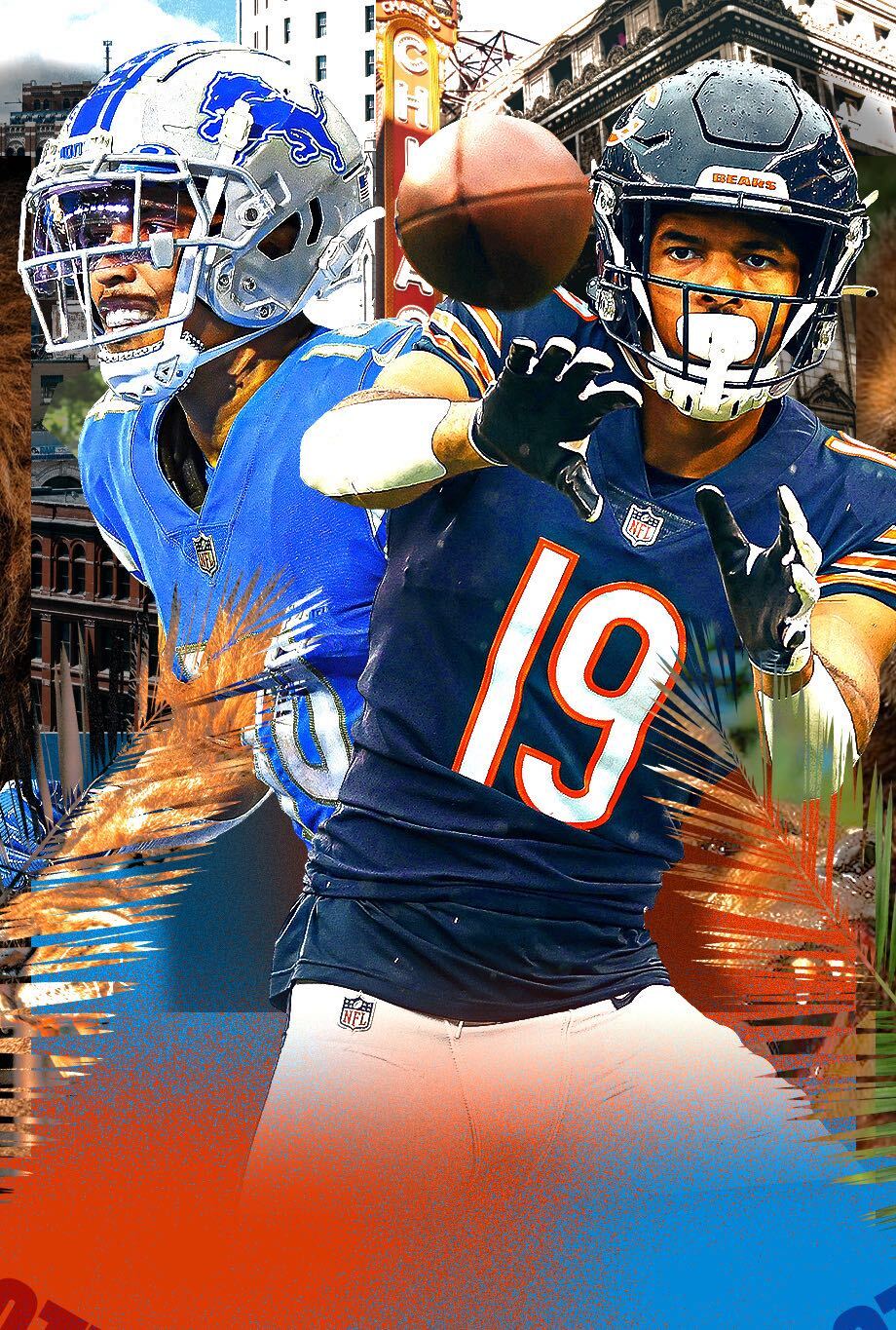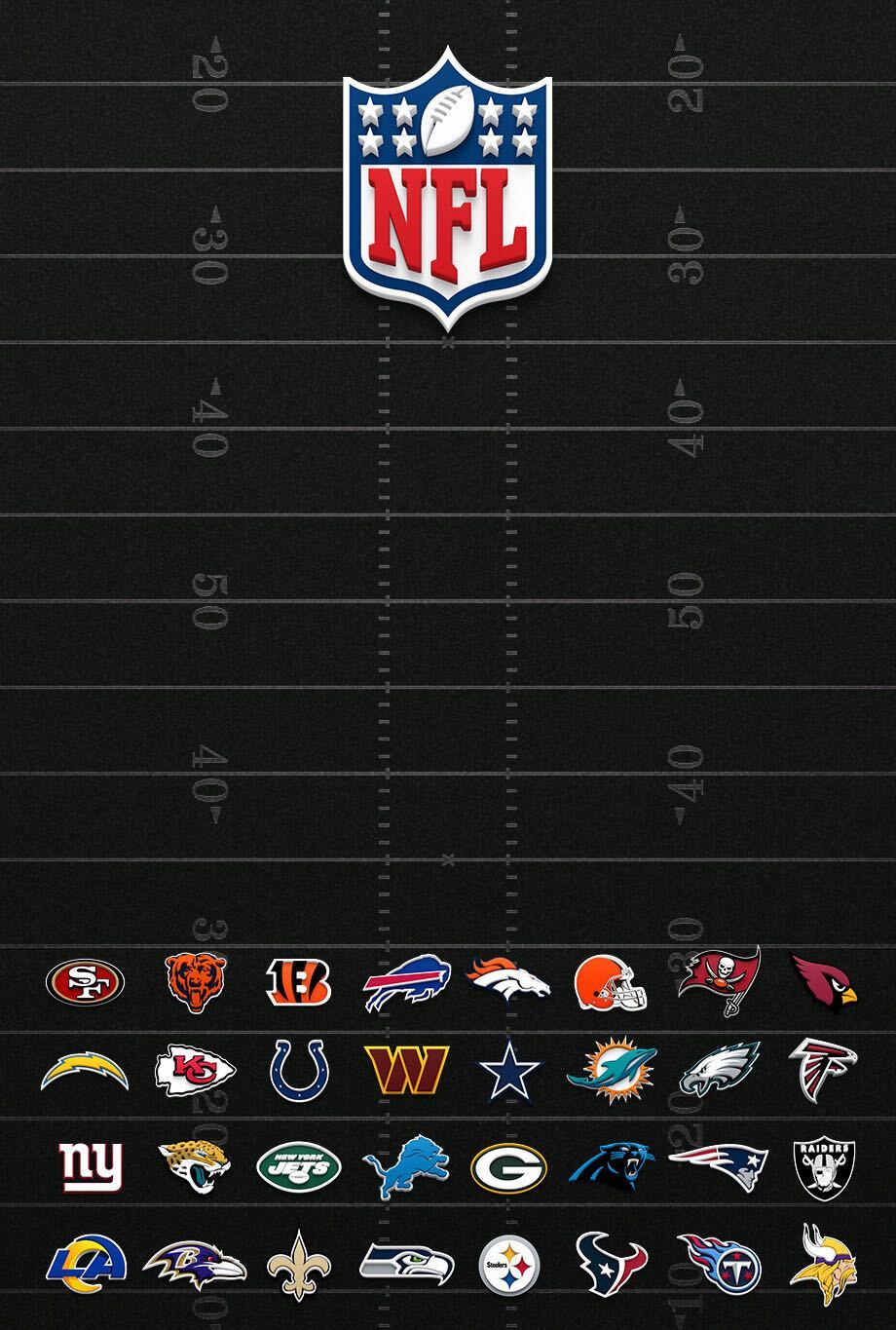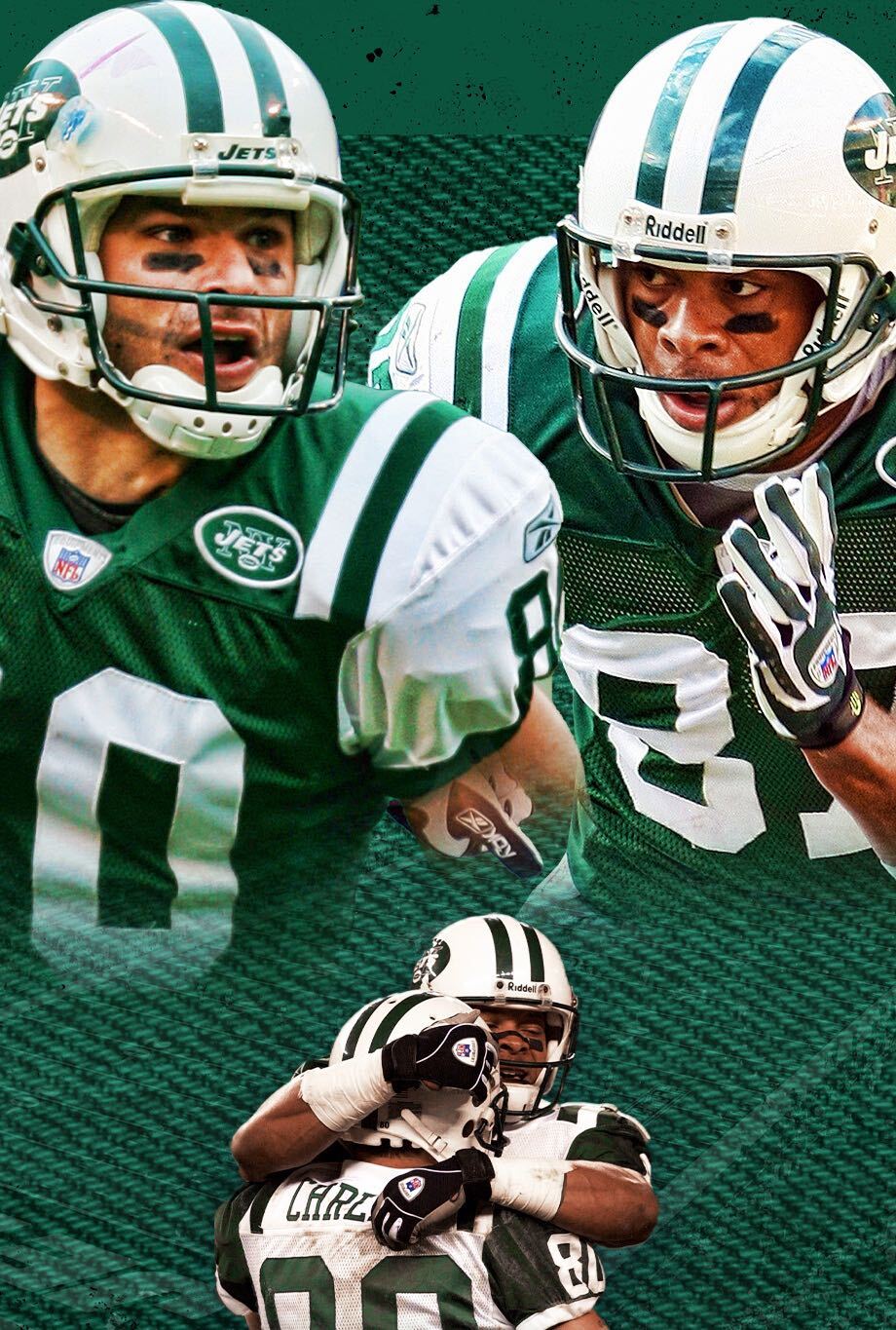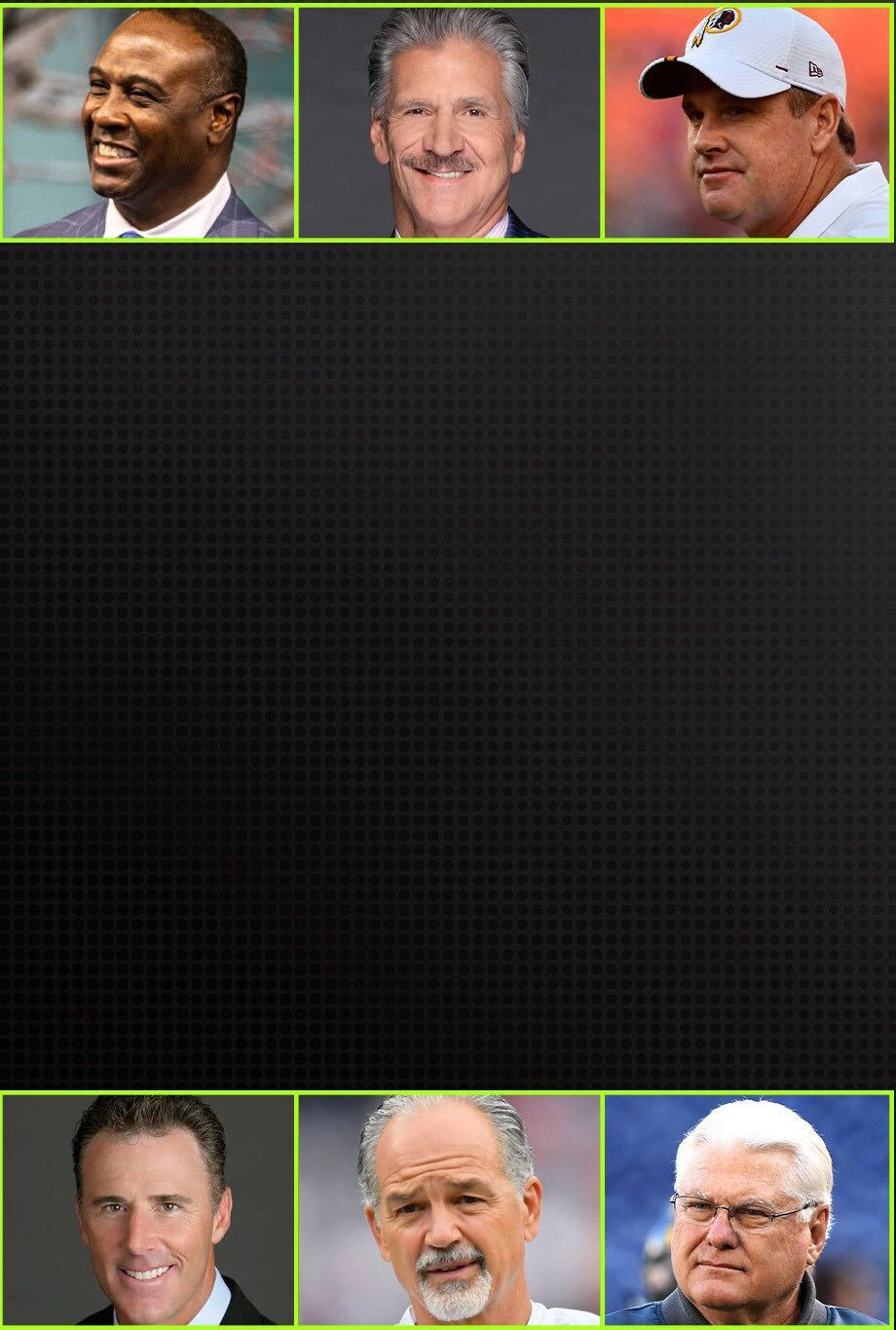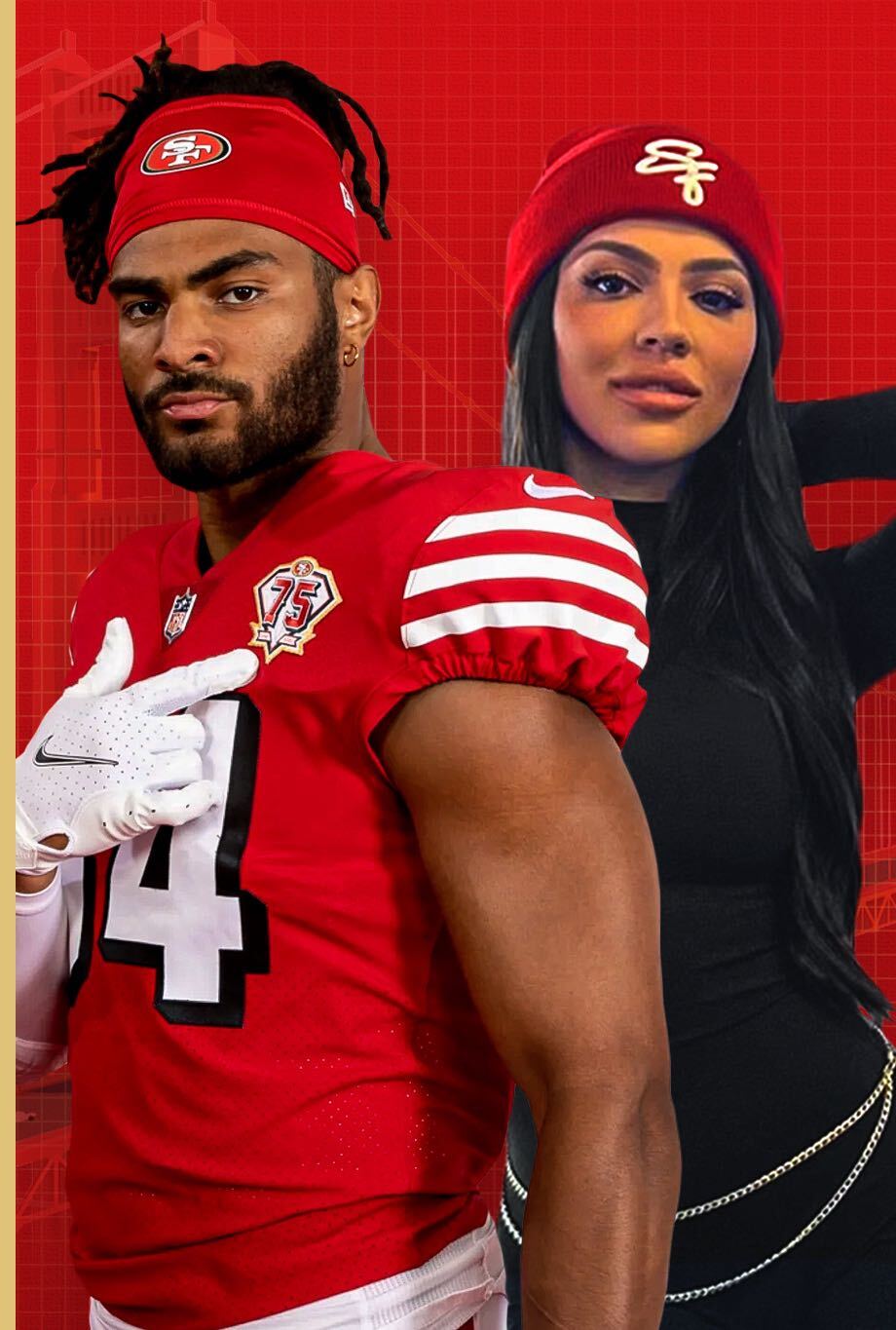How Soon Can NFL Teams Tell if Draft Pick Was Worth It?
Analysis 5/11/23
It’s rare to find all 32 teams agree on something. But ask them what happened at the annual NFL Draft two weeks ago, and the response is unanimous. Without fail, they’ll say what they always say this time of year.
They aced their drafts.
When Will Teams Know?
Of course, nobody knows that until practices resume and games are played. But then what? How soon, people ask me, before NFL clubs can tell if a rookie or undrafted free agent can or will excel? It’s a good question, but one without a specific answer.
Because it’s totally individual.
There are players who, after two years, you think will be stars … and aren’t. And there are others where, after two years, you say, “Wow, we really missed here”… and then they emerge. Everyone likes to say they had a great draft, but the truth is: They really don’t know.
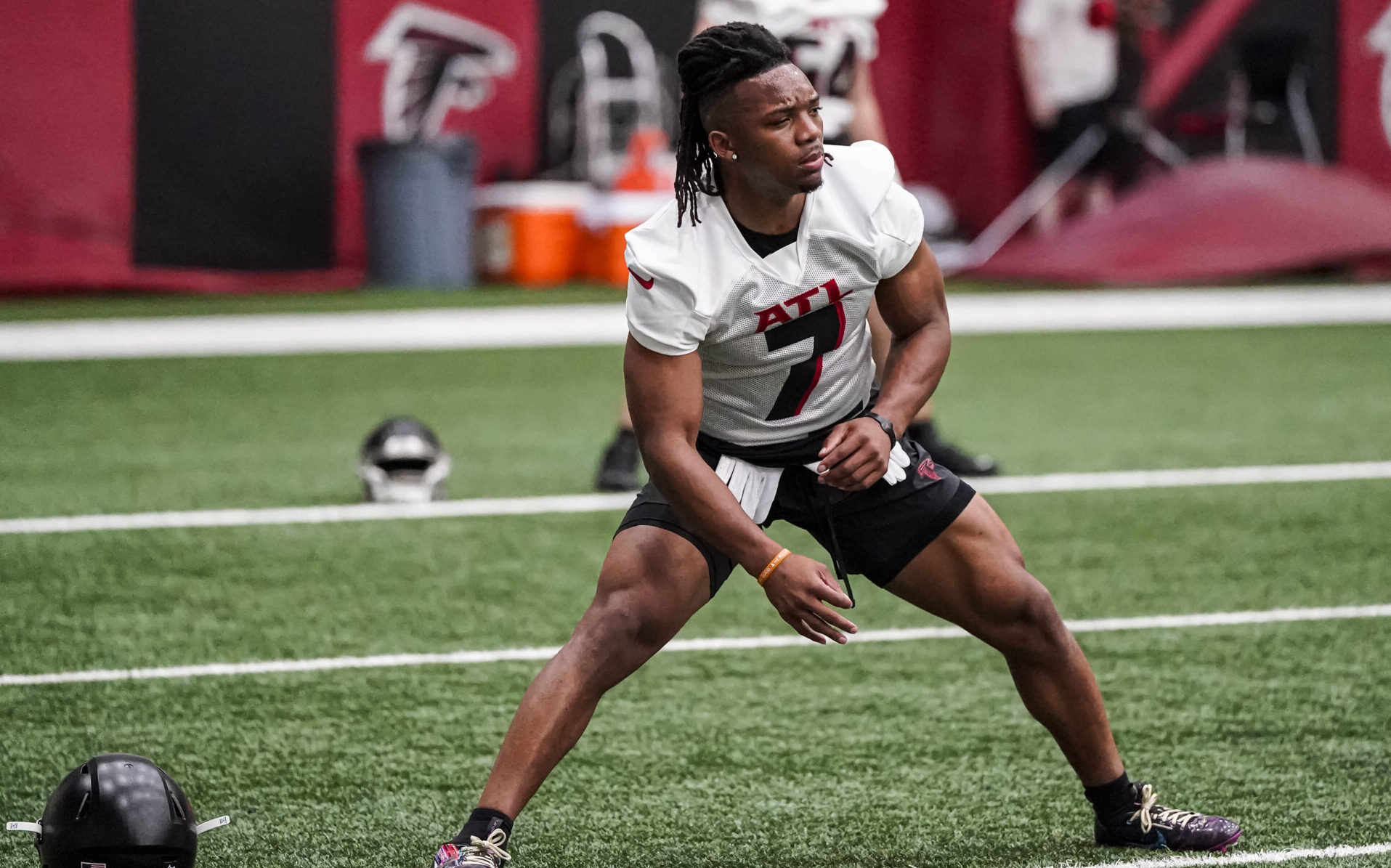
What to Watch For
But they will if they yield to two factors:
1. Time. That’s pretty obvious. Look at what happened in San Diego. The Chargers drafted Drew Brees in 2001 to be their starting quarterback and gave up on him by 2004. So they acquired Philip Rivers in a draft-day deal and designated him as Brees’ successor. One problem: In his fourth year with the Bolts, Drew Brees became Drew Brees. That left Rivers on the bench until Brees left for New Orleans as an unrestricted free agent in 2006.
2. Understand that not many of the 259 drafted players will start as rookies. They may serve as a backup or rotate in a lineup, but they probably won’t play all that much — especially with a team like the Philadelphia Eagles, who are already solid. Case in point: First-rounder Jalen Carter (scouting report). If he looks good in practices and training camp, he’ll probably be in the defensive line rotation. But he won’t start this year. That’s not a knock on him. It’s true for every pick the Eagles made. By the end of Year 1, you’ve seen what your rookies have done on the field and in practice, and you know who’s making progress and who’s working hard. But, until you see them in Year 2, you can’t be 100 percent sure what you have. Then, you start to know who’s good and who can be great. Judging bad from good, however, can be done more quickly … usually in Year 1. It really doesn’t take long to identify a bust.
Let me give you an example. We once had a situation where the head coach called me into his office after one practice at minicamp … one practice … with no pads … no contact … and maybe one hour of class session with a position coach and no teaching of techniques.
Anyway, I go see the coach, and he tells me that a player we just drafted in the first round four days earlier is a huge miss and that he’s never going to contribute anything to our team and won’t have a long NFL career.
I was stunned.
“What are you talking about?” I asked. “How can you possibly tell this after one practice with no pads, no contact and no coaching?
It’s not like I dismissed what he said because he had enormous credibility. But if that had come from anyone else, I would have thought: Give me a break. It’s one practice. But because of where it came from, I was really, really concerned. Nevertheless, I told him I wasn’t going to abandon hope.
And you know something? He was right.
Sometimes you draft a player whom some people within the organization like and some don’t. But this was a consensus choice. From the head coach to the GM to the assistant GM, myself and the owner … all of us agreed this was the right pick. The five most important persons within the organization said it was right pick. Yet after one practice without pads the head coach insisted it wasn’t. Worse, he said there was zero chance this player was going to contribute and declared him a complete bust.
He ended up being right. The player lasted about two years. Then he was gone. He couldn’t even be a backup.
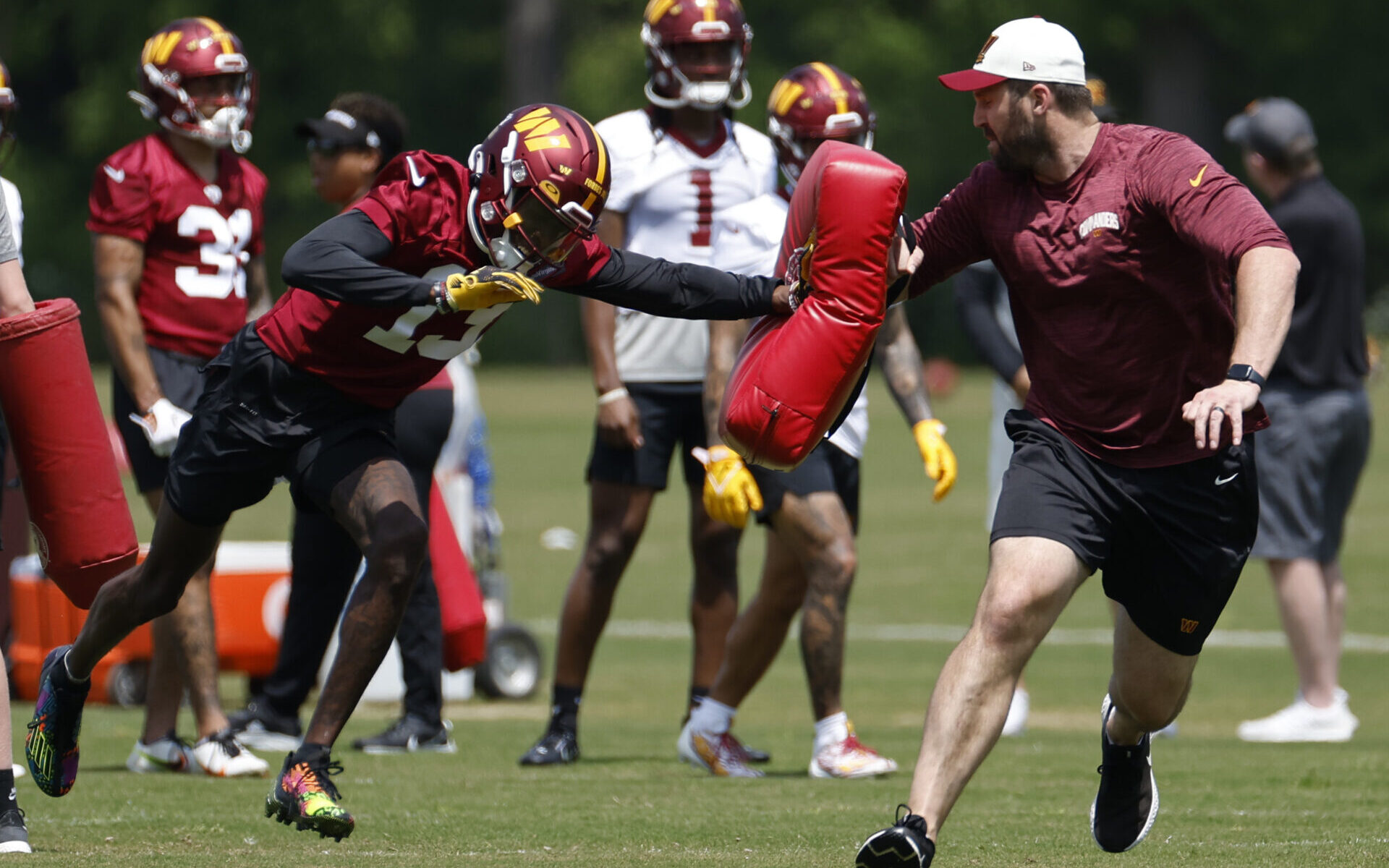
Why Do Some Choices Go Wrong?
So how does something like that happen? When I first sat with the head coach, he described the player as having some kind of mental block with things we needed to do. I didn’t know what that meant, so I was skeptical. I was also determined that, while the coach was giving up, I would not. After all, it was only one practice.
But I was wrong, and I wish I could tell you I was the exception. But I wasn’t. I was on board with everyone else.
To learn from our mistake, we went back and looked at tape of the player, and I’ll be honest: Watching it, you can’t see what caused him to fail. But the failure was with the scouts who go to the schools. They can miss on talent evaluations because we have enough people checking them. But they can’t miss on intangibles like work ethic, intelligence, drive, and the desire to be great — things you can get from talking to coaches, teammates and trainers. When the scouts come back, they must get those things right. Otherwise, you’re liable to make a big mistake.
And that’s what happened.
They didn’t have the information we needed. The tape looked good, and everyone said this was the right pick. But it wasn’t. And it wasn’t because we were missing the foundation of success, which is the intangibles.
That’s why there’s no timetable for determining a draft win or loss. Granted, that’s not always true for running backs. I’ve always said that’s the easiest position to assess. It doesn’t take long to see how quick backs are, what their vision is and how aggressive they can be. In fact, you have a pretty good idea by the end of training camp.
But with defensive linemen and wide receivers, you must be patient. They take the longest. I’ve seen defensive linemen who look ordinary their first two years, then suddenly emerge with double-digit sacks in Year 3. With wide receivers, it’s all about learning how to run routes. That doesn’t come easily and can take two or three years, too.
I guess that’s a long way of saying: Don’t pay attention to what NFL teams tell you today about their draft picks. Because they really don’t know. And neither do we.
Joe Banner is a former front office executive for the Philadelphia Eagles and Cleveland Browns. He was a part of an Eagles franchise that made a Super Bowl and played in four NFC Championship Games. Follow him on Twitter at @JoeBanner13

